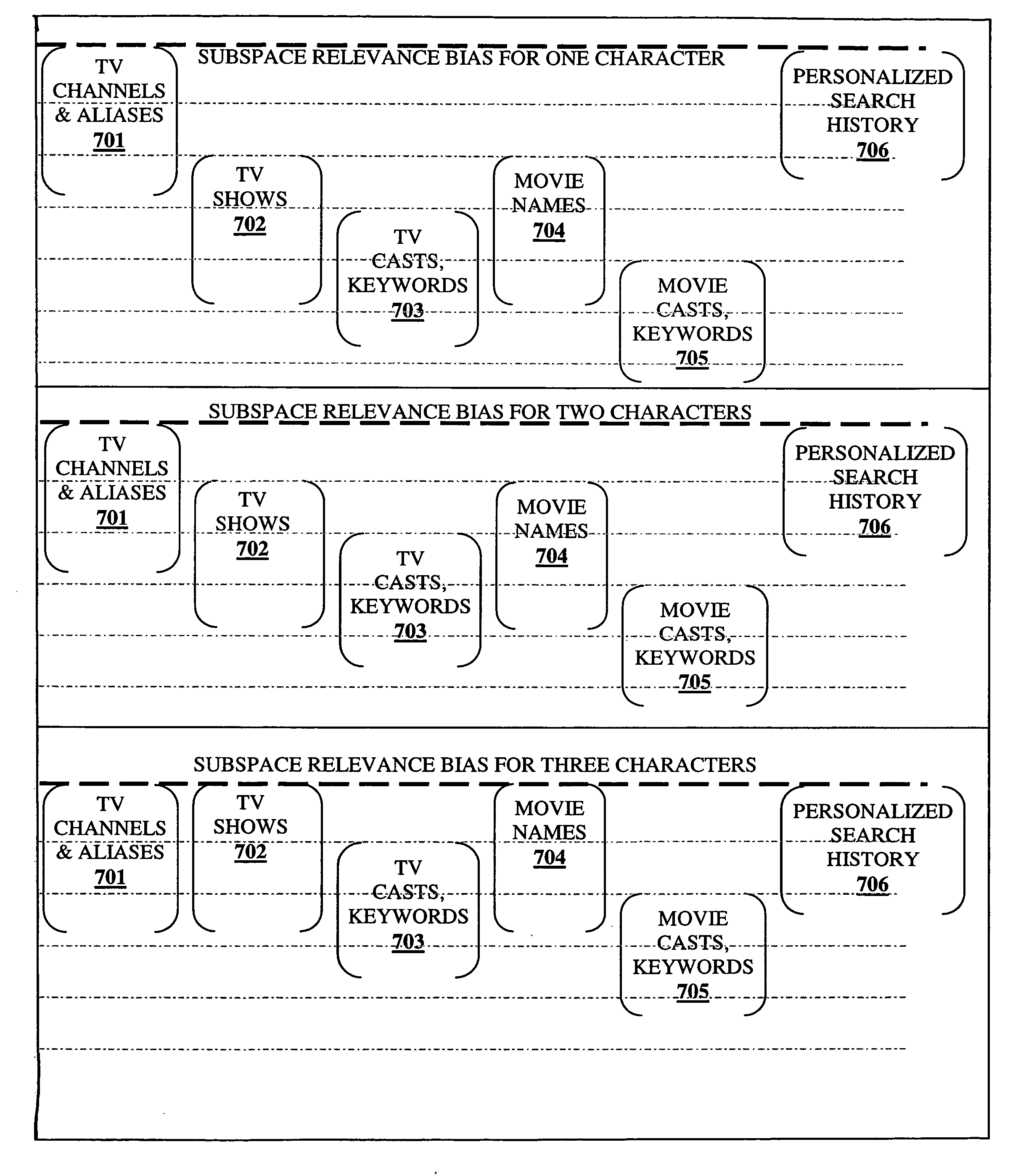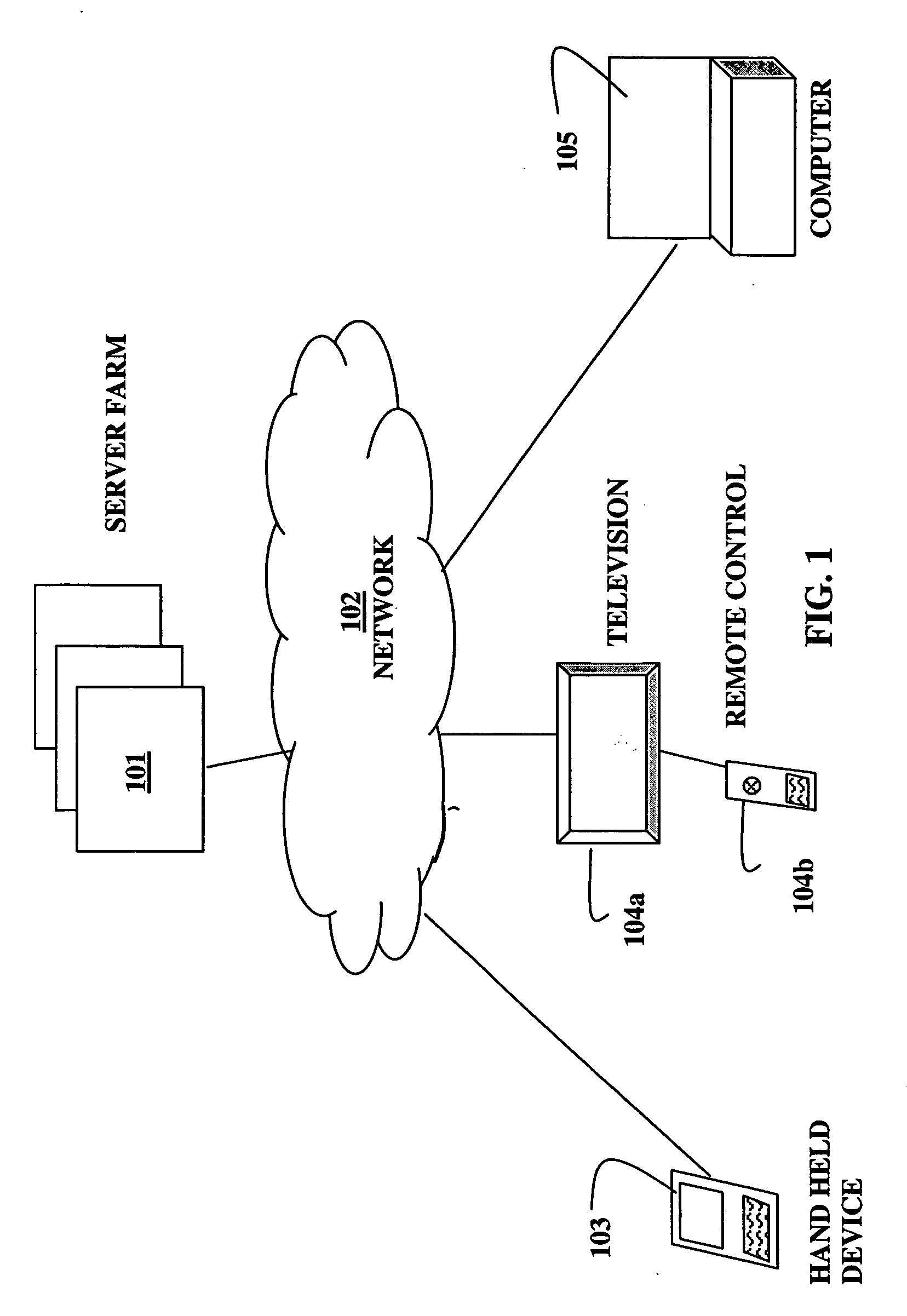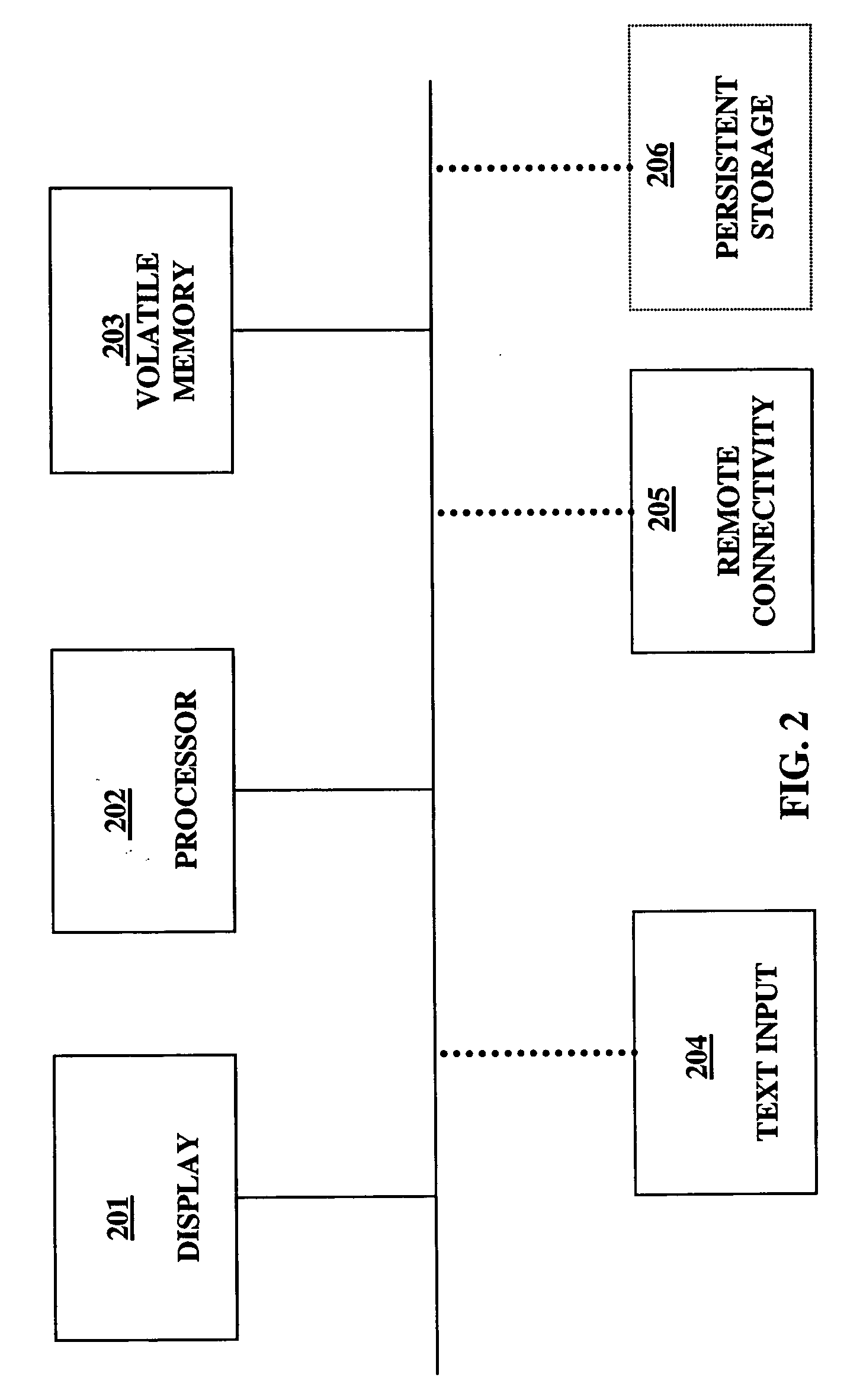Method and system for incremental search with reduced text entry where the relevance of results is a dynamically computed function of user input search string character count
a text entry and incremental search technology, applied in the field of data search techniques, can solve the problems of inconvenient use of user interfaces, difficult for users to remember channels by channel numbers, and inconvenient use of channels, so as to achieve the desired result easily and reduce the effort involved
- Summary
- Abstract
- Description
- Claims
- Application Information
AI Technical Summary
Benefits of technology
Problems solved by technology
Method used
Image
Examples
case 1
[0042] Pi(1≦ii,Sj]=Ø, 1≦j≦K−1) with strings from subspaces S1, . . . SK−1 (1i+1 has a match (Match[Pi+1,SK]={mK1, mK2 . . . mKr} where 1≦r≦n(SK) (with n standing for the cardinality of SK, 1≦i≦N), with strings from subspace SK, 1≦K≦M. In this case “the character count based subspace biasing” system offers no distinct advantage in comparison to a static character count independent biasing of subspaces.
case 2
[0043] Pi(1≦i1, . . . SK−1 (Match[Pi,Sj]={mj1, mj2 . . . mjr} where 1≦r≦n(Sj), n standing for the cardinality of Sj and 1≦j≦K−1) and Pi+1 has a match with strings from Subspace SK (Match[Pi+1,SK]={mK1, MK2 . . . mKr} where 1≦r≦n(SK), n standing for the cardinality of SK). In this case if Σ n(Match[Pi,Sj])≧Dmax(1≦j≦K−1), then the result from SK would be occluded by the matched elements from the subspace S1, . . . SK−1 (note it may be occluded even for a value of jK. It is this occlusion that character count based biasing in accordance with one or more embodiments of the invention addresses. The biasing allows for selective occlusion for a certain number of initial characters, and then makes the relevance space a level playing field for all subspaces gradually as the entered character count increases. By modifying the subspace biasing for each character, in this case, by increasing the bias of SK, the result of SK has some likelihood of showing up within the top Dmax results. This pr...
PUM
 Login to View More
Login to View More Abstract
Description
Claims
Application Information
 Login to View More
Login to View More - R&D
- Intellectual Property
- Life Sciences
- Materials
- Tech Scout
- Unparalleled Data Quality
- Higher Quality Content
- 60% Fewer Hallucinations
Browse by: Latest US Patents, China's latest patents, Technical Efficacy Thesaurus, Application Domain, Technology Topic, Popular Technical Reports.
© 2025 PatSnap. All rights reserved.Legal|Privacy policy|Modern Slavery Act Transparency Statement|Sitemap|About US| Contact US: help@patsnap.com



